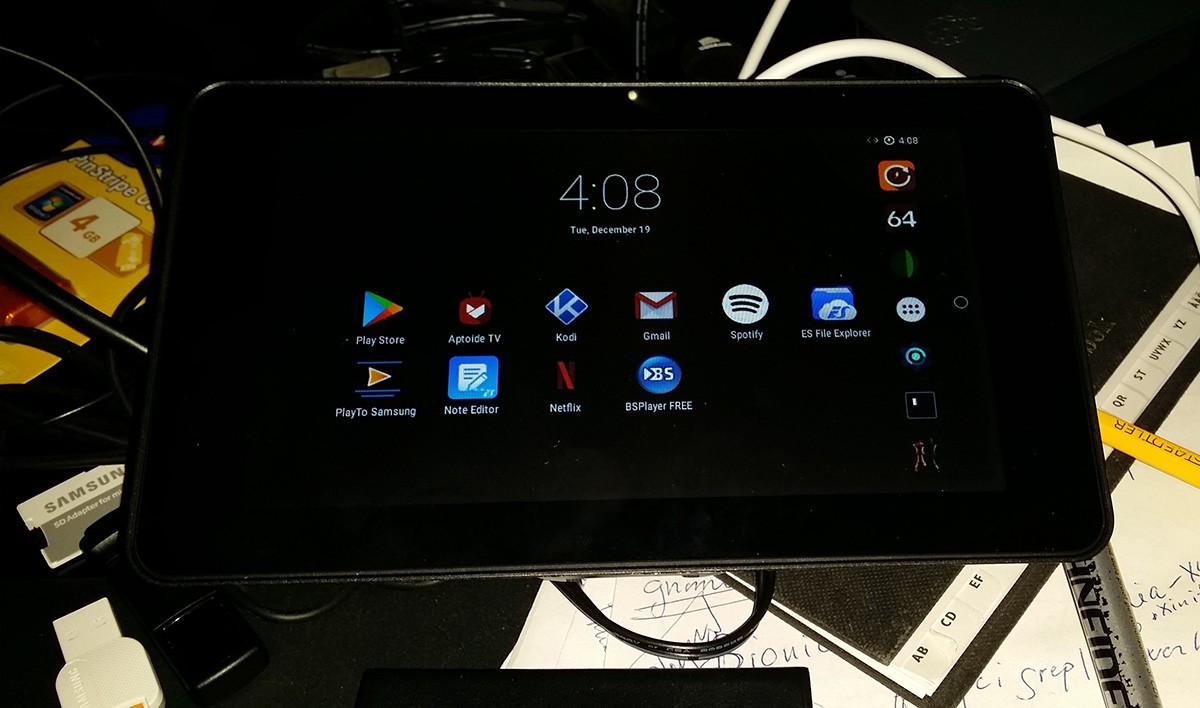

- #RASPBERRY PI 3 OS SERIAL#
- #RASPBERRY PI 3 OS 64 BITS#
- #RASPBERRY PI 3 OS SOFTWARE#
- #RASPBERRY PI 3 OS BLUETOOTH#
The bootloader should be able to adequately deal with this header and some of the other conditions set by Linux. You can read up on the details in the kernel documentation Documentation/arm64/booting.txt. The command helps with loading a 64-bit ARM kernel that is labeled with a specific header.

To utilize this approach, you will need the 64-bit version of U-Boot, which knows the new boot command booti.
#RASPBERRY PI 3 OS SOFTWARE#
The recommended alternative consists of using the high-performance boot software U-Boot, which loads the standard firmware instead of a Linux kernel. By all accounts, some new firmware that can load a 64-bit kernel all on its own has become available. Therefore you should set the arm-control variable in the config.txt file on the boot partition to 0x200. The onboard firmware can already accomplish this if given some help. The firmware takes over the task of immediately switching the controller for the RPi3 into 64-bit mode after boot. In doing so, they have focused their efforts on the firmware, the kernel, and the userland environment. Given this kind of mediocre experience, developers began working to make 64-bit operation possible soon after the release of RPi3. Instead, the hardware messages make it seem like the user is managing a wolf in sheep's clothing, plus boring a 64-bit controller to death with 32 bits.
#RASPBERRY PI 3 OS 64 BITS#
Technology Needs to InspireĮven if the 64 bits ideally generates a marginal increase in speed for the RPi3, this is not enough to satisfy a developer who is enthusiastic about technology for very long. The biggest advantage to 32-bit operation is that the user with unmodified drives can continue to use their current Raspbian userland environment. The new architecture's preparation process makes it possible to achieve higher clock rates.Even in 32-bit mode, the new CPU proves to be significantly superior to the ARMv7 architecture in the old Rasp Pi.You shouldn't expect to have a noticeable improvement in performance with 64-bit instructions.

The RPi3 is equipped with a mere 1GB of RAM, which is not enough to profit from the ARMv8's expanded address.If you take some time to objectively examine the technological hesitation that is displayed by the Raspberry Pi Foundation with this computer, it turns out that the unexpected approach makes sense for the following reasons: In reality though, they actually belong to the BCM2710 ecosystem.įigure 1: The RPi3 denies its modern architecture and packages itself as a 32-bit SoC. The kernel and operating system identify themselves as part of the BCM2709 family in boot messages and also in the output from cat /proc/cpuinfo. The RPi3 constrains itself so much that it acts as if the provided 32-bit mode is based on ARMv7 architecture rather than the built-in ARMv8 ( Figure 1). (SIMD offers fast execution of similar computing operations on parallel, incoming data streams it is primarily used for processing multimedia data.) Further, the processor processes various encryption algorithms in silico. Moreover, the CPU comes with standard features for supporting Neon, ARM's multimedia and signal processing extension as well as a 128-bit single instruction, multiple data (SIMD) architecture.

Floating-point operations in the 64-bit version occur with a 128-bit width (data type long double). The register 31 (program counter) always delivers a zero when reading. This contrasts with the predecessor CPU, which offered just 15 counterparts that were half the size. The CPU uses a modernized set of commands and has 31 registers, each of which has a 64-bit width.
#RASPBERRY PI 3 OS SERIAL#
This causes it to have compatibility problems when the serial interface is used, for example, as a console.
#RASPBERRY PI 3 OS BLUETOOTH#
However, it links the Bluetooth component with the first serial port. The RPi3 boasts a Bluetooth and WiFi module. By default, the RPi3 chooses the 32-bit variation. It can run in both 32 (AArch32) and 64-bit mode (AArch64). The chip represents the ongoing development of the BCM2736 (BCM2709) from the Raspberry Pi 2, where the ARMv7 CPU was replaced by a Cortex-A53 quadcore ARMv8 CPU. The system on a chip (SoC) sitting on the RPi3 consists of a Broadcom BCM2837 from the BCM2710 family.


 0 kommentar(er)
0 kommentar(er)
